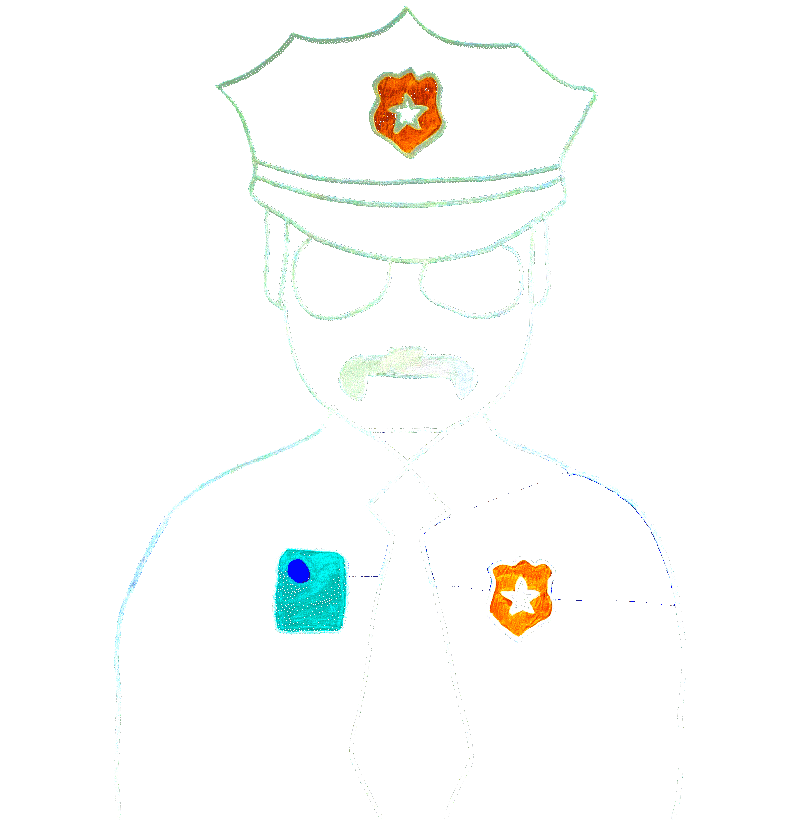Interview with
Vanessa Gibson
New York City Council Member, District 16
Click for Transcript
🅥 Facial recognition technology has been talked about at a local level and a national level, but it is a series of different technological measures, that sometimes law enforcement and others may use to solve a crime in the pursuit of finding out, you know and apprehending someone that could be a victim of a crime. Facial recognition has had its nuances, it’s had its advantages and disadvantages… a positive benefit is if you are a victim of a crime, and you’re able to use facial recognition to solve the crime, and to uh, apprehend the individual or the suspect that’s accused of the crime, and really bring closure to families.
Interview with
Jonathan Stribling-Uss
Media Democracy Fund Technology Fellow, New York Civil Liberties Union
Click for Transcript
🅙 That's a big concern that we have, is that current facial recognition technology is not very accurate. What we what we're seeing is that a lot of the tech....there's a range of different technology, whether you have kind of the more consumer grade stuff....that's what's called Amazon recognition, which is the product that Amazon sells, where you can put your photo into their database and they can tell you whether or not it's one person or another, but their error rates are actually very high and they misidentify people. And so even the highest grade, though, that's a more academic kind of facial recognition technology that's more sold by either governments or used by governments, but usually sold by Google or Facebook or kind of these larger things. The error rates are up to 34.7 percent in misidentifying people of color in particular. They're very bad at identifying people of color and women as well as children because of a number of reasons, but the most obvious one is that the facial recognition systems require the computers to basically look at millions and billions of faces and try to learn to see basically to learn to understand their characteristics. And they haven't put enough faces into the facial recognition systems that are women's faces or people of color faces or children's faces. Also, children's faces in particular change pretty, pretty significantly. So that's a huge aspect of why the error rates are so high. But that means that, you know, if you were to put a woman of color's face into the most advanced facial recognition systems, it's likely that you would misidentify that person. About a third of the time. So a third of the people would be incorrectly identified.
Interview with
Albert Fox Cahn
Founder and Executive Director, Surveillance Technology Oversight Project (S.T.O.P.)
Click for Transcript
🅐 It’s one of the saddest parts about facial recognition technology, there’s no reason why it had to work better for white faces than for black and brown faces, that was all bias and how the systems were made, how the training data was selected, the assumptions that a bunch of white male engineers had about how to build a program and just basically the machine learned from us and it learned to be racist. And there is no reason why it had to be that way, those are the machines that we have.
 It Can Help Law Enforcement Solve Crimes
It Can Help Law Enforcement Solve Crimes 
 High Error Rates
High Error Rates
